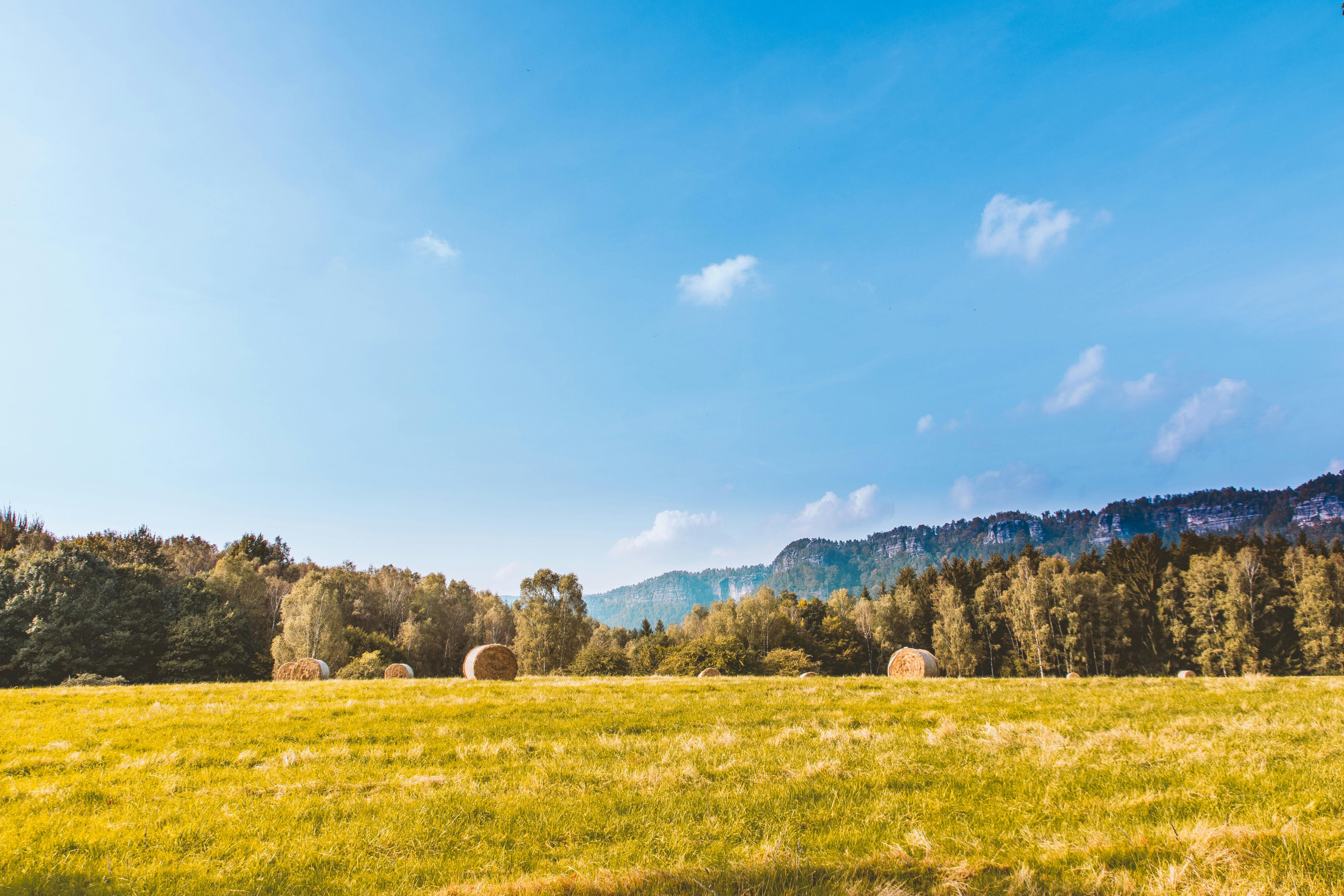Construction And The Environment – Effects On Vegetation
Vegetation is one of the clearest indicators of life in our environment (probably second only to animals). It is also a key pillar in environmental dynamics, especially climate. Vegetation takes different shapes and forms and varies from one type of environment to another. Construction activities affect vegetation in the following ways;
· Construction materials. Construction has relied heavily on natural vegetation in the following ways;
o Wood: it is the most common material in construction, since time immemorial. This could be used in its raw form, for example, in posts, or in machined timber, for example, tongue and groove panels for roof construction. Framing for structural work like ceilings and wooden walls is also a very common use of wood. Other mechanized forms, for example plywood, are also very common in construction. The tricky thing about lumber for construction is that the preferred wood comes from hardwoods, which are rare, difficult to reproduce, and take a long time to mature.
o Roofing: Reeds and such vegetation have long been used in the form of thatching for roofing, mainly in informal settlements, but also in motels and hotels, especially spas.
o Furniture: Wooden furniture has long been the most preferred in homes. This has a huge impact on the trees, as most are woodless, and especially hardwoods which are very hard to come by, as explained above.
Clearance for settlements: Large forests and other similar vegetation have been cleared for settlement activities, either for construction work purely or in combination with other activities such as agriculture.
· Importation of Vegetation and Soils: The introduction of exotic plants, especially for landscaping compounds, also affects the environment by changing things like the normal photosynthesis activities of normal plants. The importation of soils will also lead to the maintenance of different types of vegetation, especially when supplemented by irrigation.
· Dumping of material: The removal of material, either waste or excess debris, introduces a new formation on which new forms of vegetation are more likely to grow. This can also lead to the death of existing vegetation.
Soil dehydration: This is common in swampy terrain and is mainly done to ensure good soil compaction.
Following these examples, it is clear to see how extensively construction activities have impacted vegetation and, by extension, our fragile environment. It is very important to ensure that any technology adopted in construction projects is environmentally friendly, reducing impacts to the lowest possible levels.
